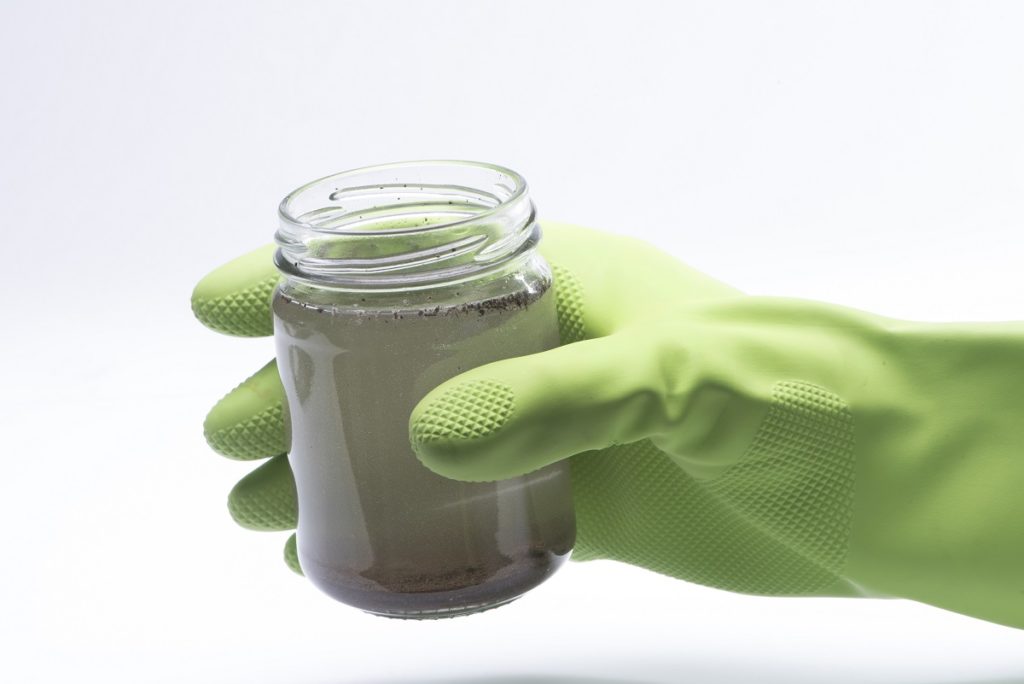The water flowing out of your tap is not purely made of hydrogen and oxygen. There are other minerals that are added to tap water, including calcium, magnesium, potassium, phosphorus, and sodium.
The United Kingdom has one of the safest water supplies for public consumption in the world. However, that does not guarantee that the water that is coming out of your tap is free of any harmful contaminants. There are certain factors that can affect the quality of water in your home. Without knowing, you may be drinking tap water that can make you ill.
So, what can you do? Some contaminants can alter the appearance, the smell, or the taste of tap water.
Orange/Brown Water
Discolored water is a cause for concern. A brown and orange tint, which may become most noticeable in the morning or when you have not opened a tap for a while, might be caused by a high level of iron in the water.
If this is the case, you should call an emergency plumber as soon as possible and have the pipes inspected. Most likely, the pipes need replacement because it has started to rust.
Although iron makes the water look unappetizing, its presence is not a serious threat to public health. After all, you need iron to produce red blood cells which carry oxygen to various parts of your body. ;
However, high levels of iron in water can give way to something more sinister.
Aging pipes corrode and break over time which can provide an entryway for bacteria to seep into drinking water and cause an illness within the household. Moreover, iron may also affect the efficiency of disinfectants in the water, particularly chlorine, which encourages the growth of bacteria.
One potential illness that might come out of old pipes is Legionnaires’ Disease, a severe form of pneumonia. The bacteria that causes it, known as legionella, survive in soil and in water. Symptoms of Legionnaires’ Disease involve coughing, shortness of breath, chest pains, diarrhea, vomiting, and a fever of over 104 degrees Fahrenheit or 40 degrees Celsius.
Cloudy Water
A cloudy-looking glass of water is not always dangerous. If the cloudiness, for example, disappears after a moment, then it might just be tiny air bubbles that rise to the top of the glass and then pop. This is harmless and you do not have to do anything about it.
However, if the cloudiness persists, you need to investigate further. It could be a sign that there are pathogens found in the water.
One study conducted previously reviewed the results of 14 papers that analyzed the link between turbidity (cloudiness) of the tap water and the incidence of gastrointestinal illness. Ten of the papers found an association, and the rest showed discrepancies.
Cloudiness alone does not mean there are pathogens in your drinking water. Unfortunately, you will need to have the water tested in order to find out for sure that there is no illness-causing bacteria flowing from your tap.
Smell Similar to Bleach
If the water from your tap smells like a swimming pool on a hot summer day, there might be more chlorine than usual. Chlorine is commonly used to kill germs from drinking water.
Chlorine, in large doses, can cause respiratory irritation. When exposed, a person may start wheezing and coughing, have a sore throat, may find it difficult to breathe, may complain of chest tightness, and have eye and skin irritation.
Experts say that, if tap water smells like chlorine, homeowners should let it flow for a while before getting a cup to drink. Using carbon-based filters can also remove chlorine from the tap water.
Undetectable Danger

Lead is a poisonous substance that causes long-term harm to anyone exposed to it, especially children.
In 2015, a test of the drinking water in one household in Flint, Michigan uncovered a concentration of lead that is 25 times higher than what is deemed safe by the U.S. Environmental Protection Agency. Experts now fear that children, who have been exposed to lead, will suffer its consequences for the rest of their lives. They may grow up with lower IQ, developmental and behavioral issues, neurological problems, etc.
In many cases, the effects of lead on these children will be permanent. Even if the lead is removed from their bodies through chelation therapy, there is no cure to the devastating effects of exposure.
There is no way to identify water that has lead in it. The heavy metal does not alter the appearance, smell, or taste of water. A laboratory test is the only method that can ensure that your tap water is free of lead.
Having access to safe drinking water is a basic human right. However, many people around the world, including those in developed nations, are consuming water that may be harmful to their health. The cleanliness and safety of water available to the public should always be assessed.

